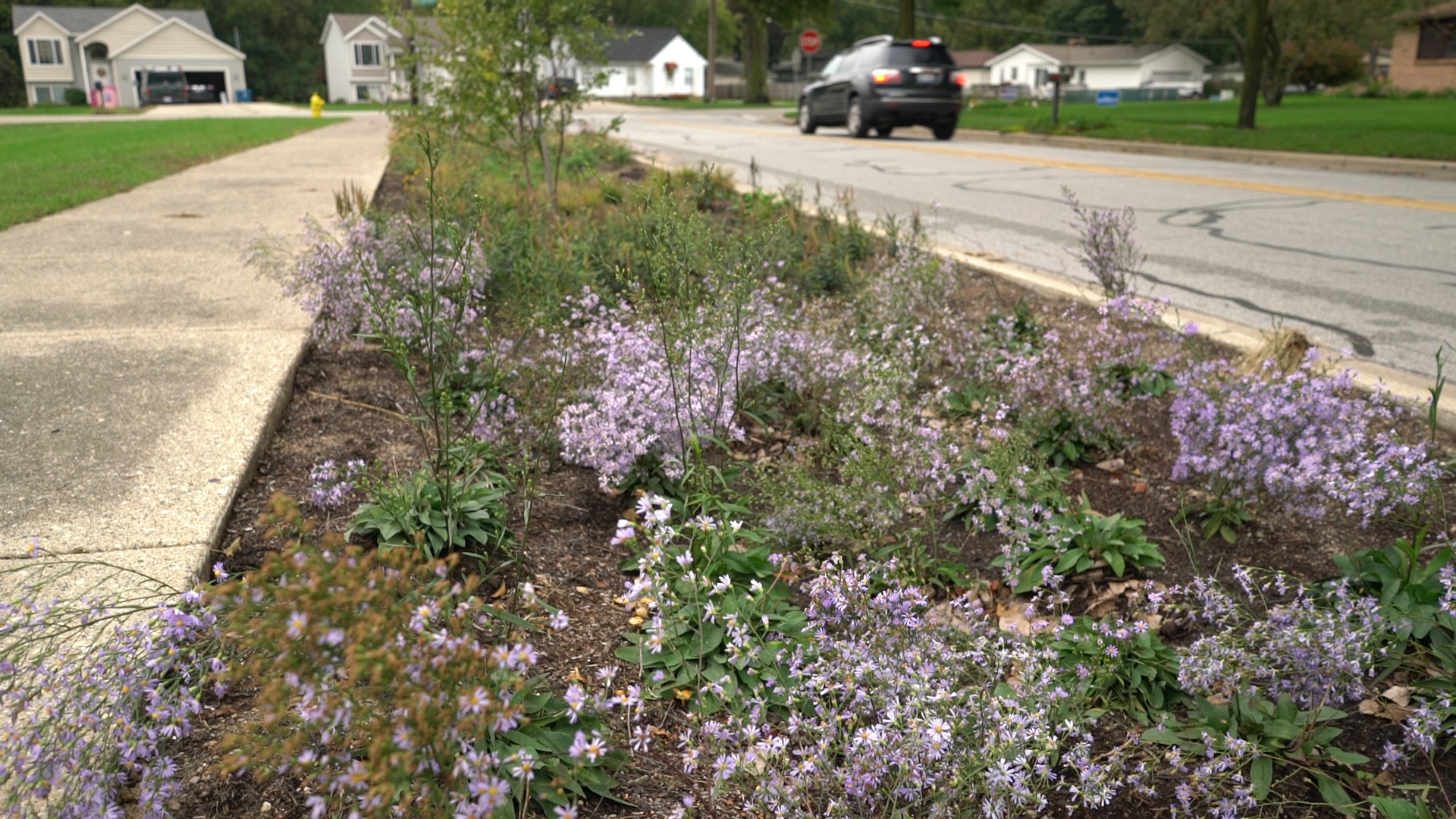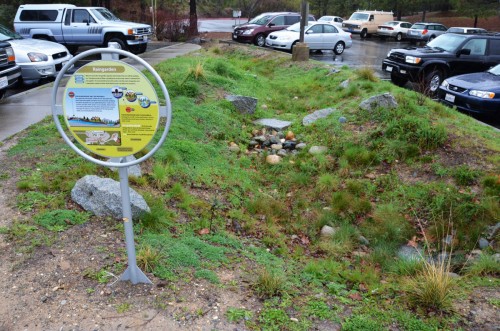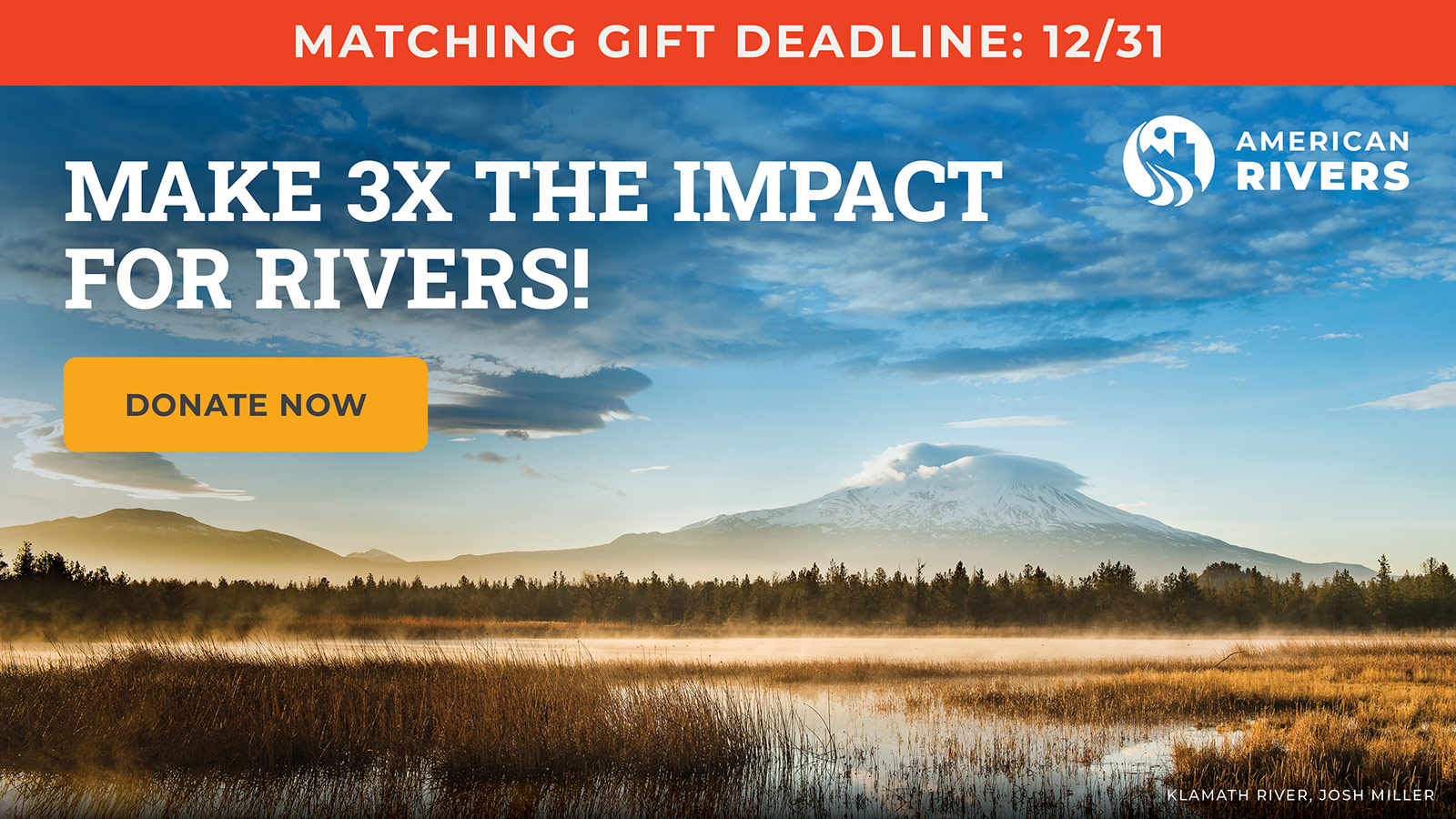What is Green Infrastructure?

Green infrastructure is a term that can encompass a wide array of specific practices, and a number of definitions exist (see the EPA’s definition here). In our view:
Green infrastructure is an approach to water management that protects, restores, or mimics the natural water cycle. Green infrastructure is effective, economical, and enhances community safety and quality of life.
It means planting trees and restoring wetlands, rather than building a costly new water treatment plant. It means choosing water efficiency instead of building a new water supply dam. It means restoring floodplains instead of building taller levees.
Green infrastructure incorporates both the natural environment and engineered systems to provide clean water, conserve ecosystem values and functions, and provide a wide array of benefits to people and wildlife.
Green infrastructure solutions can be applied on different scales, from the house or building level to the broader landscape level. On the local level, green infrastructure practices include rain gardens, permeable pavements, green roofs, infiltration planters, trees, and tree boxes, and rainwater harvesting systems. At the largest scale, the preservation and restoration of natural landscapes (such as forests, floodplains, and wetlands) are critical components of green infrastructure.

Green infrastructure investments boost the economy, enhance community health and safety, and provide recreation, wildlife, and other benefits.
Many forward-looking cities are already embracing green infrastructure, including New York, Chicago, Portland, Seattle, San Francisco, Minneapolis-St. Paul, Milwaukee, Kansas City, Toledo, Cincinnati, and Philadelphia, as well as many others.
Why Choose Green Infrastructure?
Nature works best: Rivers, streams, wetlands, floodplains, and forests provide a suite of critical services like clean water and flood protection, and should be viewed as essential and effective components of our water infrastructure. New York City has great quality tap water because the city invested in water protection by purchasing land around its Catskills reservoirs to ensure that polluted runoff from roads and lawns doesn’t enter the water supply.The city’s $600 million investment in Catskills land protection and restoration did the job of $6 billion in capital costs to construct a water filtration plant as well as $200-300 million in annual operation and maintenance costs.
We can’t waste money: Spending money wisely means investing in multi-purpose solutions that lower costs and provide more benefits. Recently, the City of Indianapolis announced that by using wetlands, trees, and downspout disconnection to reduce stormwater flows into their combined sewer system, the City will be able to reduce the diameter of the planned new sewer pipe from 33’ to 26’, saving over $300 million.
We must enhance community safety and enjoyment: Traditional infrastructure isn’t designed to handle the increased floods and droughts that come with global warming, so we need a modern approach to protect public health, safety, and quality of life. Green solutions give communities the security and flexibility they need. Napa, CA solved flooding problems by choosing to restore the Napa River’s natural channel and wetlands, rather than lining the river with concrete. The effort has protected 2,700 homes and prevented $26 million in flood damage each year, and has created new parks and open space.
Green Infrastructure Is Good For Jobs And The Economy
These green solutions create good jobs in many sectors, including plumbing, landscaping, engineering, building, and design. Green infrastructure also supports supply chains and the jobs connected with manufacturing of materials including roof membranes, rainwater harvesting systems, and permeable pavement.
New York City’s broad sustainability plan, PlaNYC, includes substantial investments in green infrastructure to reduce stormwater and sewage overflows and protect drinking water supplies. The City estimates that full implementation of PlaNYC will create 4,449 water infrastructure jobs of all types per year.
Other countries are utilizing green water technologies at a much higher rate than the United States. We cannot afford to fall behind other nations in this vital area, it is a matter of economic competitiveness as well as quality of life and community security.
A New Vision For Water
We are at a crossroads today in how we manage our water. Traditional water infrastructure will continue to play a role, but it is static, solves only a single problem, and requires a huge expense to build and maintain. We must use this transformational moment to move from old 19th Century infrastructure to a wiser combination of green and traditional infrastructure that will meet the needs of the 21st Century.


